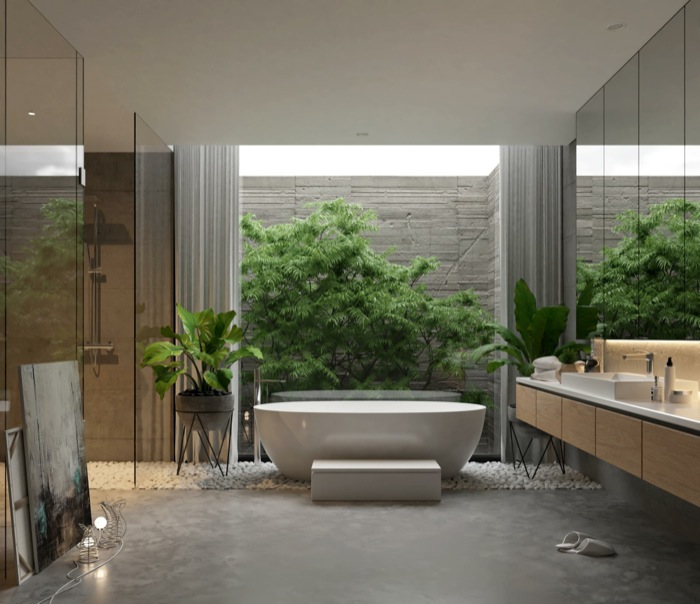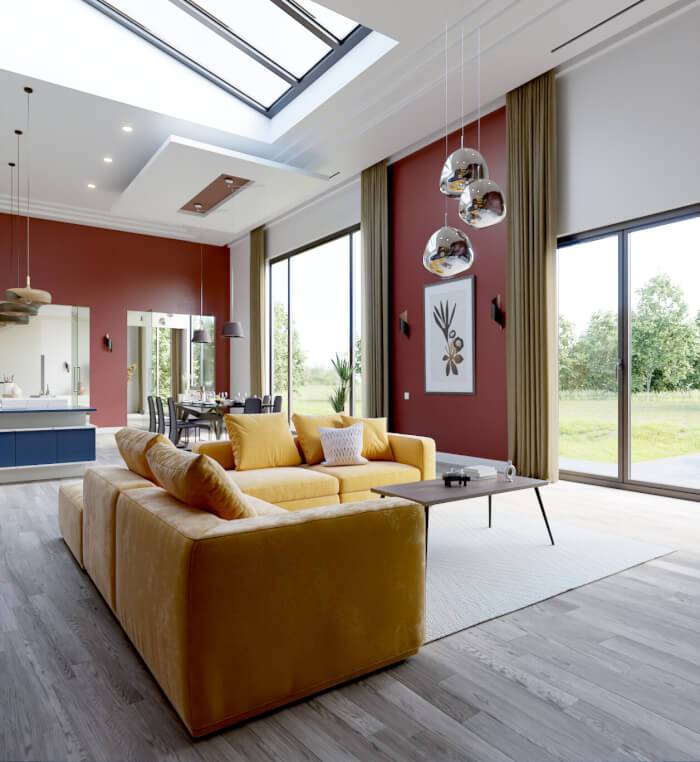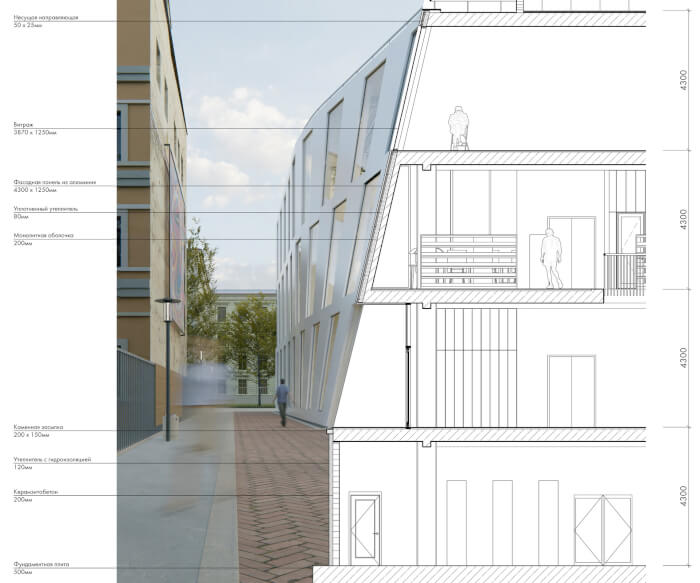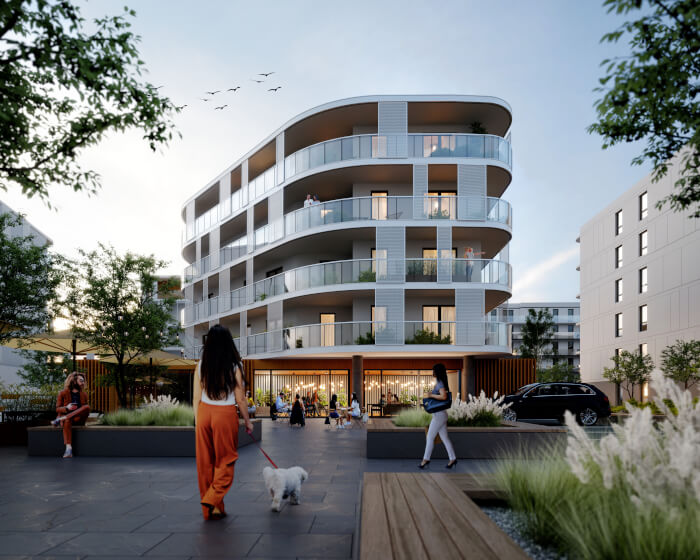
A bathroom scene will present some unique challenges for any artist willing to work on a visualization project. Most of the difficulties will appear in the materials. That is because most materials there features glossy surfaces like glass, metals, ceramics and more.
When you find the perfect balance of material settings and lights, you end up with a great looking visualization project.
Here is an excellent example of how you can create a bathroom visualization with Cycles, from an artist called giridc. He posted the images at the BlenderArtists forums, with several shots from the scene.

To render the project he uses a GTX 950M with a total of 750 samples. As for render times, each image took about 2 hours to render.
On top of the usual challenges of rendering a bathroom, you will also find some vegetation in the scene. That will add another layer of complexity and load in the render.
The author doesn't share a lot of details about settings, but there is one that might give you some hints on architectural glass. If you never tried to create architectural glass using the Principled BSDF shader in Cycles, you will find a node setup for the glass of the scene.
To create the glass you have to use three main nodes:
- LightPath
- Principled BSDF
- Transparent BSDF
Using a Mix Shader you will use the Light Path connected to the factor input of the Mix Shader. Use the “Is Shadow Ray†socket.
In the Mix Shader, you will connect the Principled and Transparent BSDF output sockets. That will give the glass material used in the scene.
One of the key elements to get the overall look for that scene, according to the author, is the post-processing. He even shares a before and after images of a raw render from Cycles, and the results after he applies post-processing to the scene.
The results are impressive!
If you want to check another scene that also deals with a similar scene, which in this case is a toilet. In this article, we pointed to a scene of toilet render made with Eevee. You can even download the source file.




